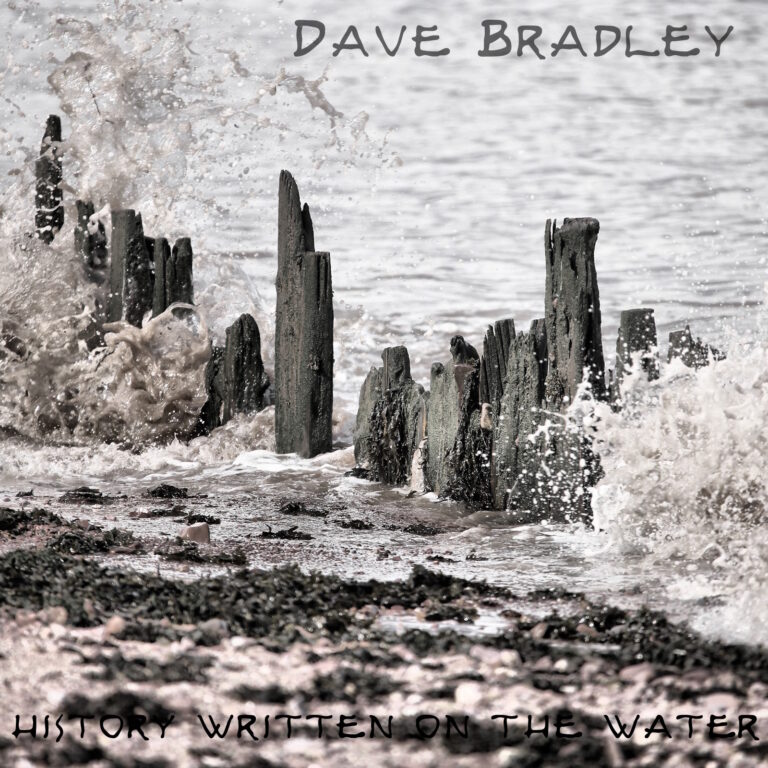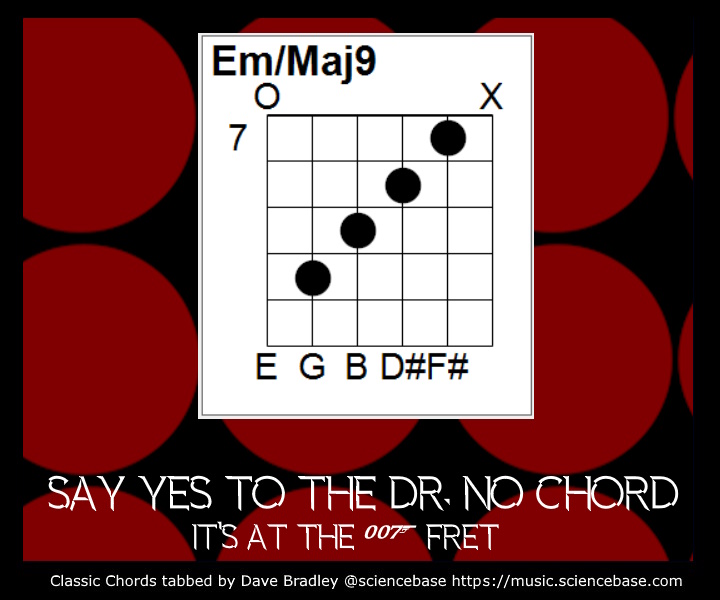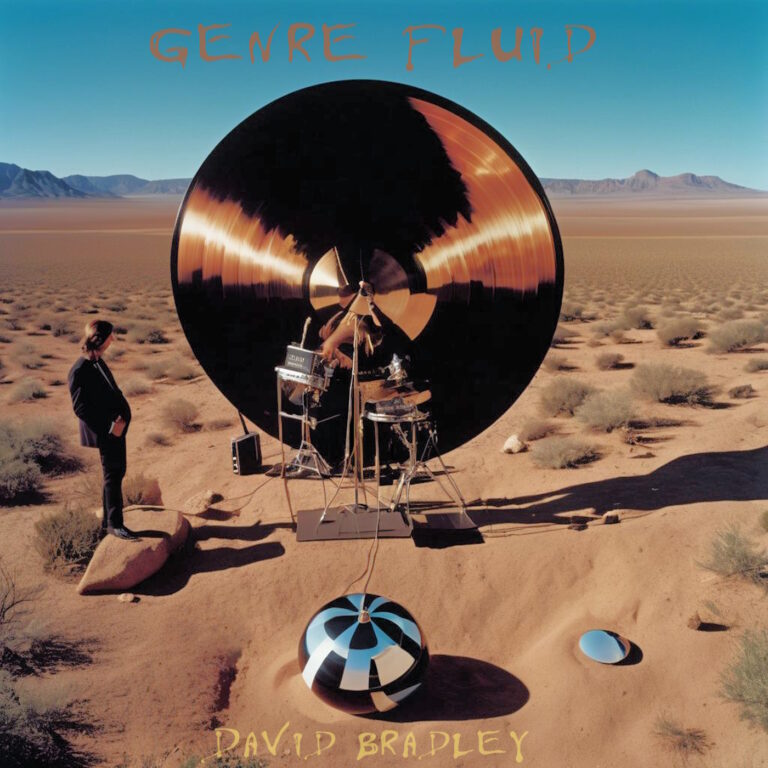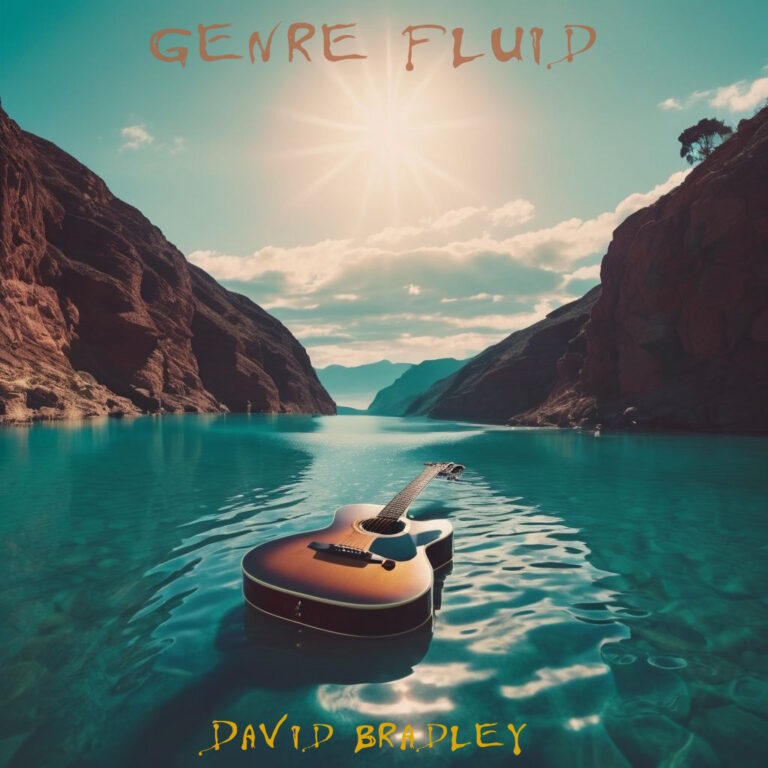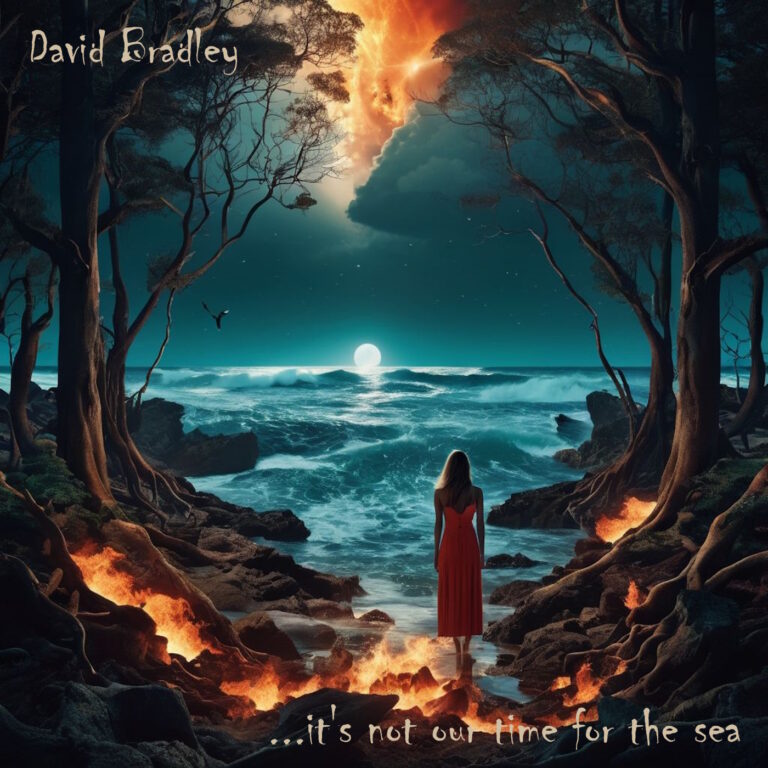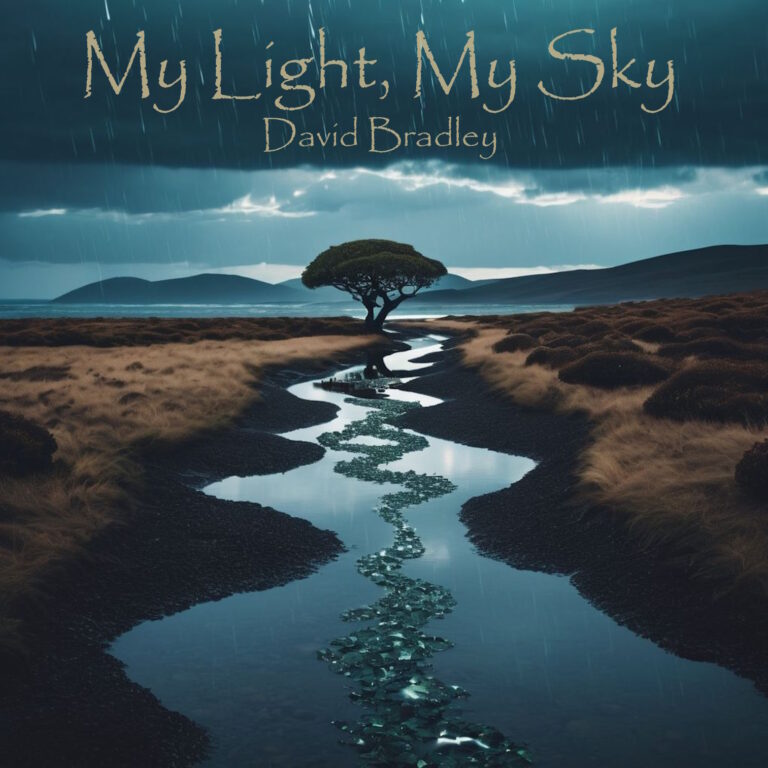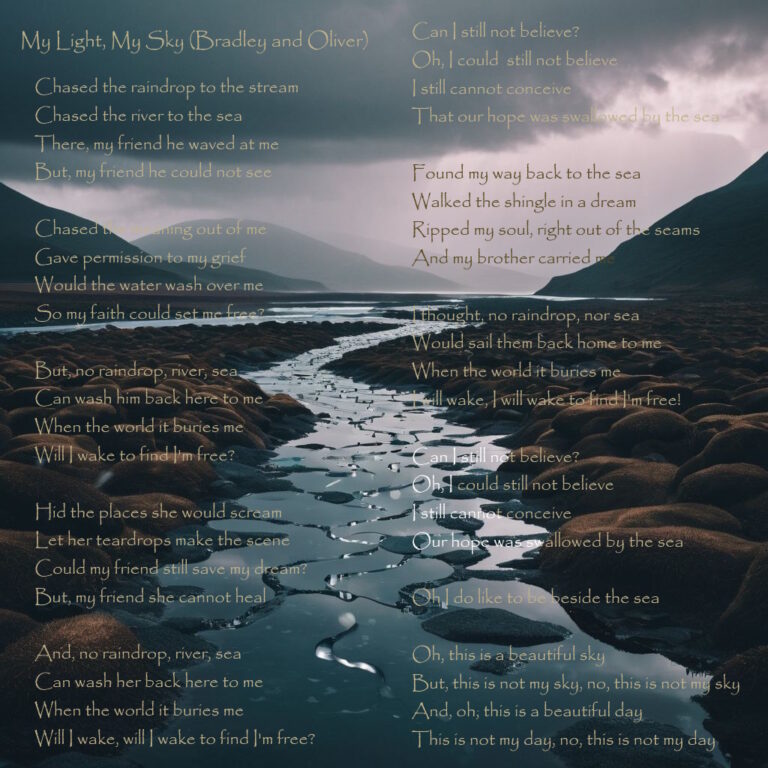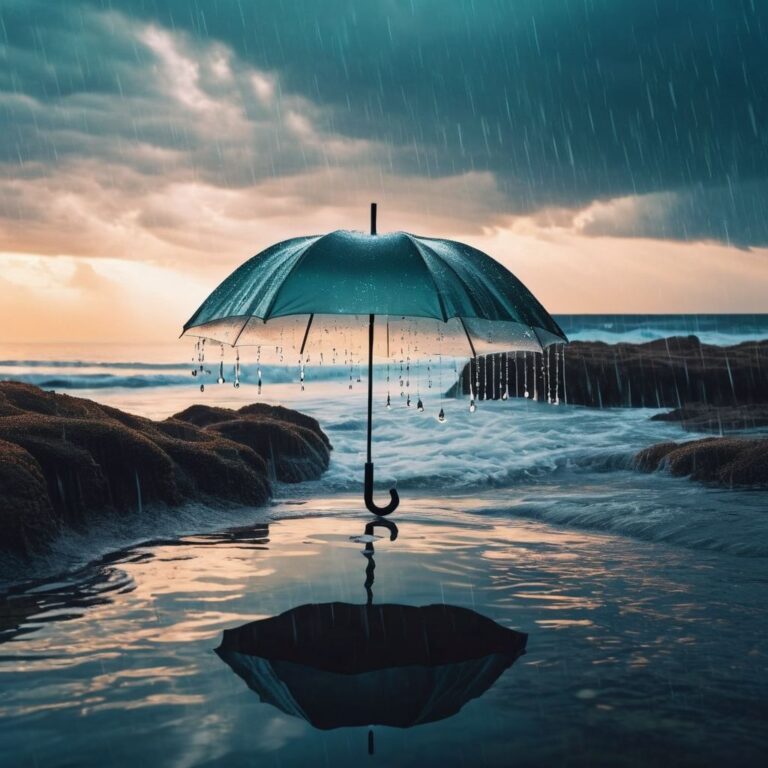As with guitars, you can never have too many songs, surely? My modern period of writing and recording began around April 2012, although I’d done a lot of noodling guitar instrumentals with beats and synths for many years before that going way back into my teens.

But, this modern period which started in my 40s when I co-established an Arts Night happening got me writing and recording on a more regular and frequent basis. Some of the early stuff is lost to my old SoundCloud page. That said, I could probably resurrect those files if there was a demand. There were also dozens of cover versions, some of which are still on my Youtube and Spotify etc.

Anyway, my recorded musical output, as opposed to the live stuff I do solo, with C5 the band, with bigMouth/TyrannoChorus choir, and in various collaborations with Barbara, Patrick, Liz, and several others is mainly found on my BandCamp pages.

Genre Fluid (2023) – 8 tracks – 32’28”
Lifelines (2022) – 8 tracks – 31’22”
After the Lockdown (2021) – 14 tracks – 63’36”
Lockdown (2020) – 14 tracks – 61’50”
Bridge of Sighs (2019) – 17 tracks – 71’36”
The Sea Refuses No River (2018) – 11 tracks – 44’36”
Who is Really Fooling Who? (2017) – 9 tracks – 33’55”
Detail is a Devil (2017) – 13 tracks – 53’53”
In Transition (2016) – 15 tracks – 64’03”
Push the Button (2015) – 15 tracks – 65’14”
If at first… (2014) – 25 tracks – 98’13”
Total 149 tracks, 11h30m
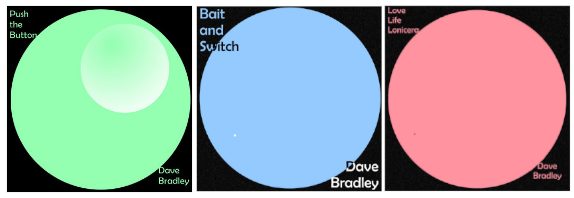
The chronology of these various collections may be slightly skewed in places, where I shuffled songs from one collection to another over the years. There was at one point an EP called Bait and Switch (2016) and another called Life, Love, Lonicera(2016). The songs from those were spread around the playlists from around that time to make the whole collection more balanced. “Push the Button”, “Wild Honeysuckle” and “Burning Out” ended up on the Push the Button album. “Escape to the Stars”, “The Silent Spring”, “Bait and Switch”, and “White Line Warrior” ended up on the Detail is a Devil album.
I should perhaps adjust the playlists to balance the album lengths properly but there are natural gaps between the songwriting periods of the last 12 years. Anyway, I am now awaiting a new playlist from Clive-upon-Sea who is working his way through all 150 songs, all eleven and a half hours of my music to pull together an Essential Dave Bradley collection.
